Introduction
The three years following my first experiences with ayahuasca felt different than my life before. My approach to living shifted from pursuing material wealth to seeking deeper fulfillment and understanding. My first ceremonies revealed that meaning lies beyond material possessions, encouraging me to explore the potential in spiritual ideas.
In this time, synchronicities and events seemed to guide me along a path that aligned with my values. I found resources, communities, and spiritual practitioners that helped me integrate my experiences and challenge my worldview. I had the opportunity to attend the world’s largest Psychedelic Science Conference and travel to India, both contributing to my continued expansion.
I realized that fully exploring this path would require stepping outside the context I was born into. I made the bold decision to leave my job and life behind in Canada, sell my belongings, and begin an open-ended backpacking trip around the world, starting in Latin America.
As I prepared for this journey, a friend in Peru invited me to a two-week ayahuasca retreat with six ceremonies. Seeking change with a new chapter in my life made this an ideal time to realms beyond conscious awareness. My intentions were to reaffirm my connection with the world around me and better understand the unconscious patterns influencing my life.
Though apprehensive to revisit this deep territory, I trusted my friend and her team. While the location would be different from my first retreat, the facilitators had all worked at my previous centre and were well-trained. I planned my return for December 2024 as part of my journey through Latin America.
This post is part of a broader series exploring personal journeys with ayahuasca, where I’ve shared its history and my first experiences. I’ve explained the history and use of ayahuasca here and my first experiences here.
Back into the Jungle
Returning to the Amazon region of Peru, memories of my first experiences with ayahuasca returned. The humid air and mix of hippies and indigenous locals reminded me of the strange mix of ancient and modern that defines much of Peru’s ayahuasca tourism.
Newly build malls juxtaposed against dirt roads highlighted the complexity of preserving traditional practices in a modernizing world. My spiritual practice had taught me to suspend judgment and embrace this paradox.
The Retreat Centre
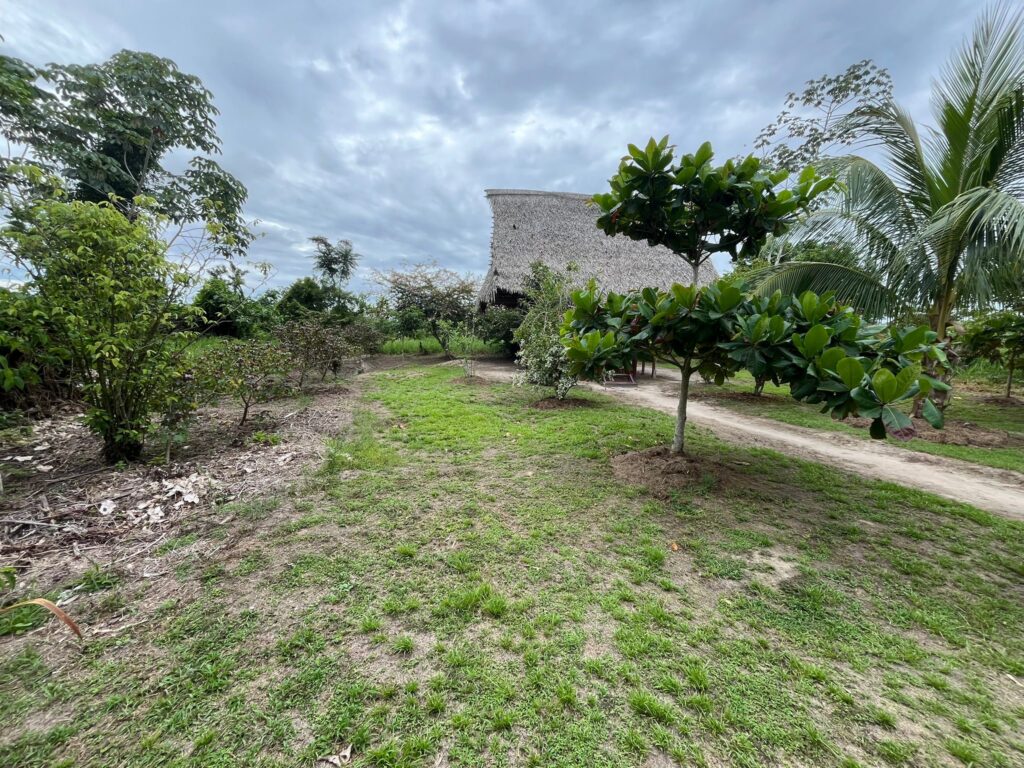
The retreat centre was located a couple of hours outside of Pucallpa. Though not deep in the jungle this time, I appreciated having some distance from civilization. The centre had similar amenities to my first retreat: a common building, housing, and a maloca for ceremonies, all made of natural materials. The simplicity held its own beauty and reminded us that we weren’t here for comfort.
Supporting our group of eight guests were four facilitators and a curandra who had over 50 years of experience working with ayahuasca in the Shipibo lineage. This generous ratio of staff to guests ensured personalized care both during and between ceremonies.
Back for Six Ceremonies
Six ceremonies over two weeks might sound like a lot, but this time proved ideal for the naturing of working with ayahuasca, Each ceremony built upon the previous ones, allowing for a gradual unfolding of insights and teachings. The first ceremonies often serve to clear mental and emotional blocks before accessing deeper layers of consciousness.
Our minds are like vast cave systems, where the entrance illuminated by daylight represents our conscious awareness. Ayahuasca serves as a tool, helping us venture beyond this familiar territory into the depths of our psyche. At first, we may only feel comfortable exploring the dimly lit areas just beyond our everyday consciousness.
With time and experience, however, we can journey deeper into mysterious caverns. As we develop trust and commitment, we become better equipped to navigate previously inaccessible regions of our inner landscape. Through multiple ceremonies, the plant medicine gradually helps us explore these depths.
Returning to Ceremony
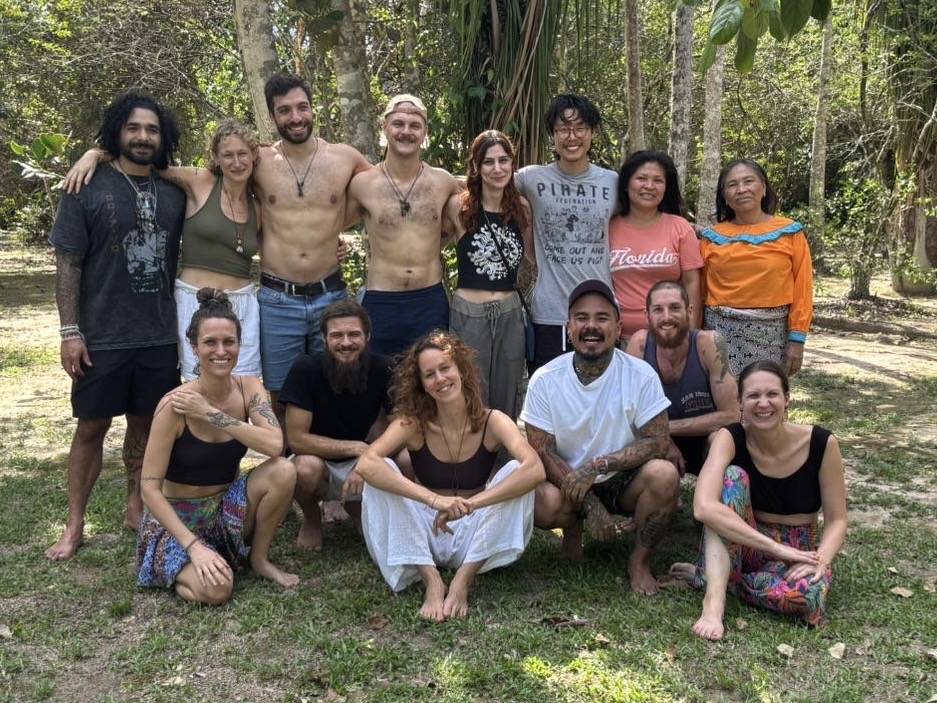
Returning to the ceremony space, the format remained familiar—we would gather in the maloca at night, where the smell of mapacho and palo santo filled the air. We each had our own mat and would be supported by the facilitators while the curandera guided the ceremony with her icaros. As the candle was extinguished and ceremony began, a solemn atmosphere settled over our group.
Despite not knowing what might arise, I felt surprisingly calm, trusting the team holding the space. I reminded myself that what nervous energy remained was simply a sign of respect for the experiences ahead. I held onto my original intention: to connect with Ayahuasca and fully experience whatever emerged.
Throughout the two weeks, each ceremony proved unique—some began gently, easing me into the medicine space, while others immediately transported me into reality-bending dimensions.
During these nights, I experienced a blend of practical life teachings and spiritual connection. These ceremonies once again became both the most challenging and beautiful experiences of my life.
Themes from Further Ceremonies
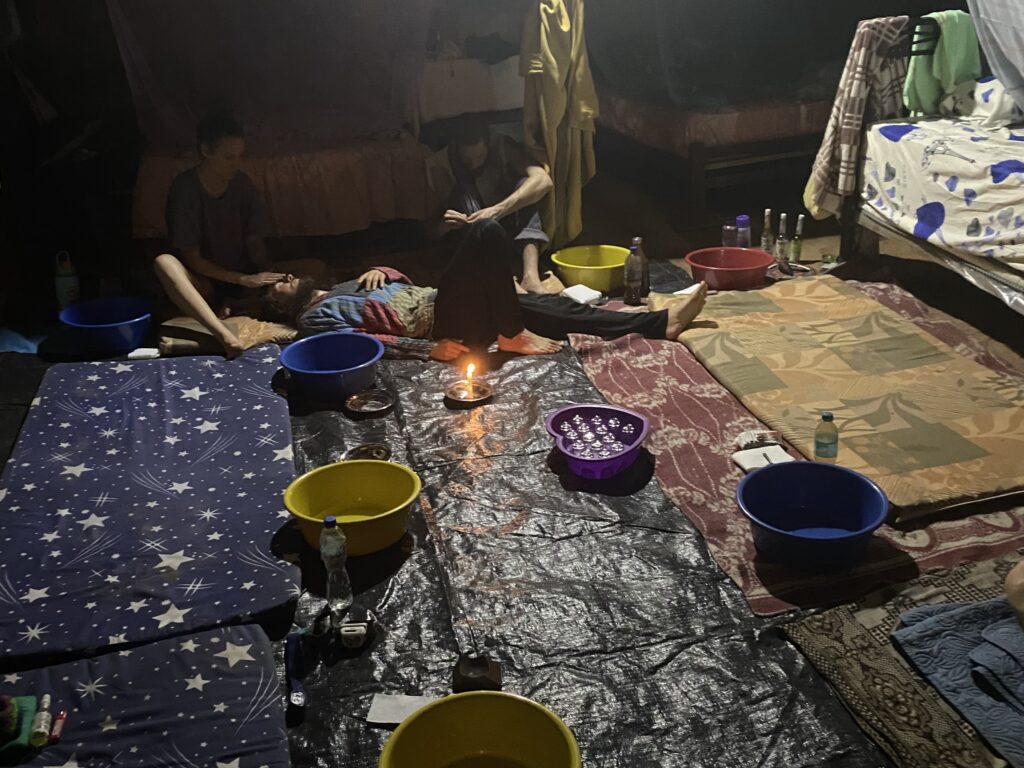
Themes emerged over these six ceremonies with lessons for my personal life and collective human experience. Rather than showing up one at a time, they were presented as a layers that unfolded over the course of the two weeks. More came up than I can possibly share, but the themes I share here are representative of the meaningful lessons that can emerge with ayahuasca.
Fear is the Mind Killer
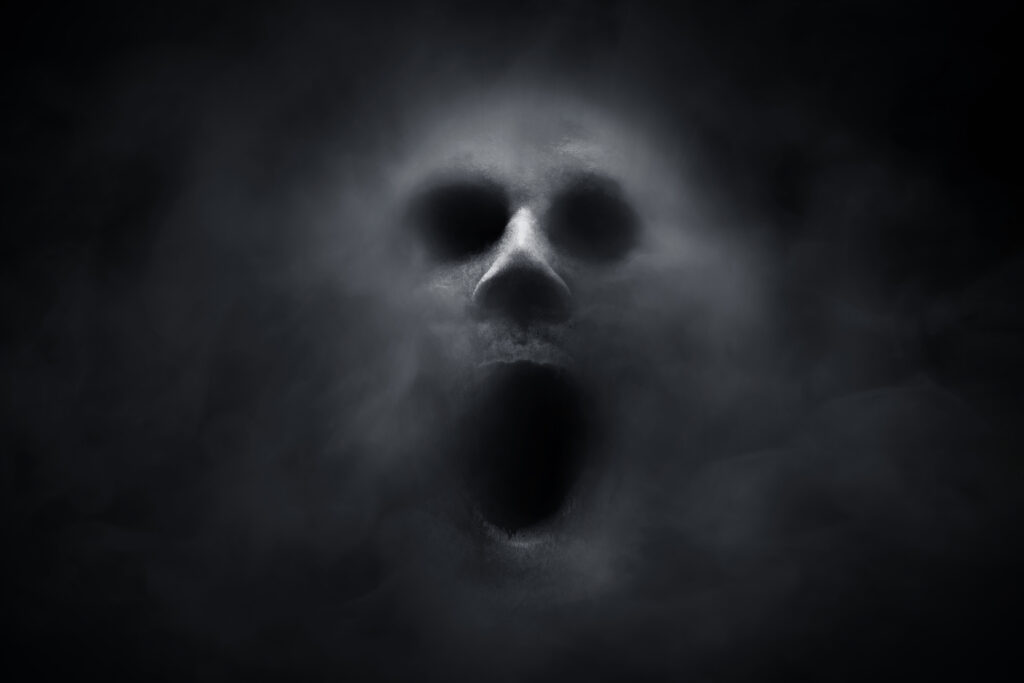
Fear emerged as a central theme throughout these ceremonies. Despite my intentions to accept what came up, I found myself repeatedly pulled into fear as my mind teetered on overwhelm with the vastness of the experience before me. I realized that I was ultimately afraid of confronting something I couldn’t handle, but in this, my mind would create the very scenarios I was most afraid of confronting.
During two particularly intense ceremonies, fear began to overtake me as I was plunged into some of the darkest places imaginable. Fear weaponized my mind, manifesting worst-case scenarios and distorting the ayahuasca space.
My past memories transformed into traumas, frightening creatures appeared, and confusion set in. Yet something had shifted since my first retreat—I maintained enough presence to simply observe these experiences, staying grounded even as fear tried to consume me.
This growth partly came from understanding the root of my anxiety. In my first retreat, I had witnessed another participant become completely overwhelmed by fear. Part of me had absorbed this anxiety, becoming afraid that I might enter a similar state.
A facilitator reminded me that trust is the antidote to fear. By trusting myself and ayahuasca’s teachings, fear would have no space to exist. Eventually, I realized that anticipation is usually worse than anything that might actually arise. Once I surrendered and trusted, fear eventually let way to curiosity and acceptance of the unfolding experience.
The quote from Dune—”fear is the mind killer”—resonated deeply. I realized that these experiences mirrored my life: while fear tries to protect us, it can also turn our minds against us. When fear takes control, it holds us back. It creates worst-case scenarios as a defense mechanism, but this focus on potential problems often makes them more likely to manifest.
In my life, fear has kept me from fully engaging in life beyond my comfort zone. It surfaced when I considered leaving my life in Canada to travel, and it continues to emerge. Fear tries to keep me safely within familiar territory as I push beyond these boundaries. Through these experiences, I’ve learned that trust—both in myself and in higher forces—allows me to develop a healthier relationship with this emotion.
Trusting My Capabilities
More insights emerged as I saw how my motivations had been ruled by an unrelenting cycle of seeking validation. As deeper aspects of myself came to the surface, I recognized how I had been unconsciously acting from a fear of not being enough, constantly trying to prove my worth to myself and others.
Over several nights, I reviewed my life’s journey and achievements—from pushing physical limits to dedicating myself to community service. Rather than seeing these as achievements to prove my worth, I recognized them as expressions of who I already am: someone living with purpose and integrity.
In one particular vision, I witnessed a team of little beings cleaning a house that represented my mind. I expected them to be removing nasty stuff, but they were simply tidying up. When I questioned this, I got a message that I’m fundamentally alright and just need fine-tuning as I move forward. I realized I had been expecting a dramatic transformation, when in fact, I was already on the right path.
Through these ceremonies, I realized how my constant drive to prove my worth implies deficiency in my current character. This mindset undermines my authentic self and creates a tendency to approach new experiences from a place of needing validation rather than genuine exploration.
By trusting myself and my capabilities, I can act with genuine confidence and can release the constant need to prove myself. This is a practice I return to daily as I work to re-pattern my mind.
Embracing My Inner Child
Ayahuasca has a way of bringing us back to past memories, helping us understand them in the context of who we are today. I was brought back to younger versions of myself as I vividly relived past experiences.
I saw the 17-year of me who was managing the complexities of early adulthood as he wanted to prove himself to the world. I found the 10-year old Adam with his intelligence, but who was left questioning his worth in the face of bullying. I also recalled younger parts that were care-free and truly enjoying the spontaneity of life without worry.
Many of the fears, worries, and insecurities that were surfacing for me were connected to these younger parts. I was being shown that I carry all of these younger selves within me as they’re an integral part of who I am.
In reliving these memories, I felt that these younger parts of me wanted to be cared for and acknowledged. I saw how in my resolve to keep moving forward in my life, I had neglected aspects of my inner child. These younger selves are the parts of me that seek play and spontaneity and who hold a levity towards life. I could sense that I have both a responsibility to these parts of me to be the person they could look up to and to live in a way that acknowledges them.
We all have this inner child within us. When ignored, the inner child’s needs for joy, play, and recognition can still shape our behaviours, but often in less healthy ways. We might find ourselves seeking excessive validation through work or accomplishments, struggling with emotional regulation, or avoiding vulnerability in relationships. Some people (like myself) might compensate through perfectionism or people-pleasing behaviours, while others might resist commitment or responsibility as a way of maintaining childlike freedom.
The solution—or one solution—seems to be acknowledging and nurturing these younger parts of ourselves. By creating space for play, spontaneity, and joy while maintaining healthy boundaries, we can integrate our inner child in a balanced way. This is a pathway to access childlike wonder and creativity as we live more joyfully in our lives.
Connection to Lineage
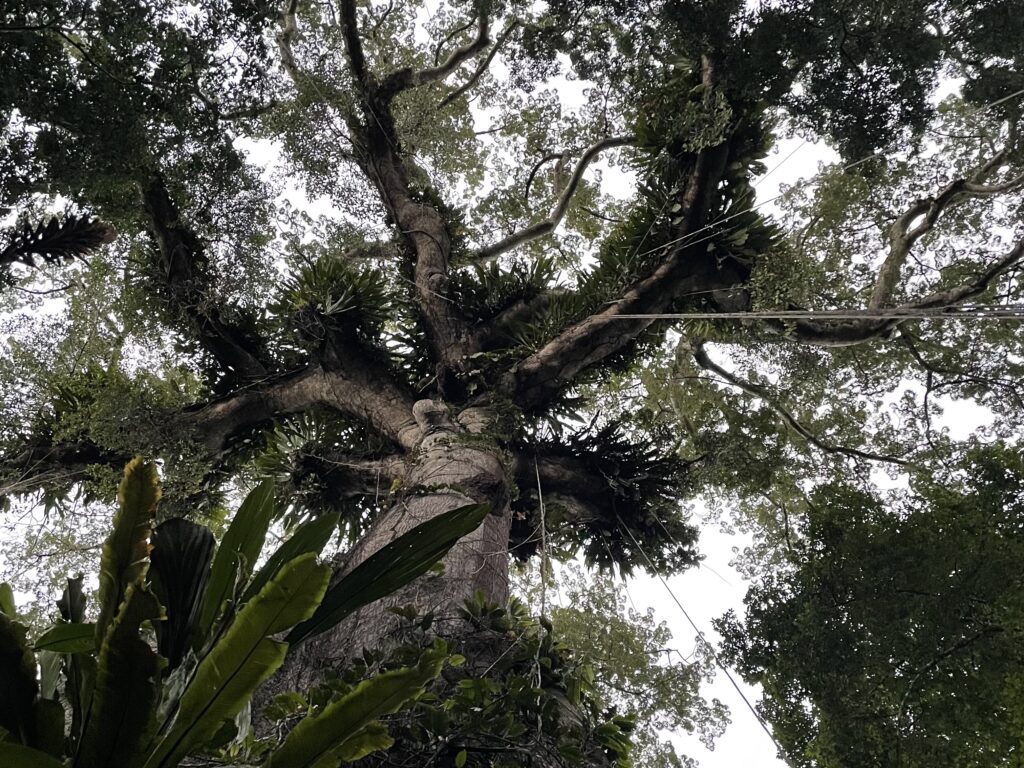
As ayahuasca opened doorways to deeper understanding, I found myself confronted by the collective memory of ancestral lineage and its role in my life, Through visions and sensations, I felt a deep connection not only to my parents but to all my ancestors.
I became aware of how aspects of myself—including reslience, wisdom, and unhealed trauma—have been passed down through the generations. While I’ve obviously inherited traits from my parents through genetics and upbringing, I sensed that this inheritance runs much deeper, as countless generations have shaped who I am through their struggles and trumphs.
I understood that those who came before us didn’t have the same tools we do to handle their challenges, which has led to unconscious and sometimes harmful behaviour. Yet they also passed down their strength, their ability to overcome adversity, and their accumulated wisdom. I could sense how all of this continues to influence our world today as we collectively carry both the weight of past traumas and the tools that can help us heal.
This connection appeared to me visually as a vast network of trees, linking us all to our past and future generations. I realized that healing work, whether through ayahuasca or other means, extends beyond our individual lifetime. By addressing our own wounds, we’re not just healing ourselves, but we’re helping to transmute inherited patterns to create a healthier foundation for future generations.
This understanding is reflected in indigenous wisdom, which teaches that when we heal ourselves and become whole, we also heal seven generations before and after us. Taking responsibility to improve doesn’t mean carrying guilt or shame over what’s happened, but it empowers us to do important work that goes beyond our own life.
A Humanity in Separation
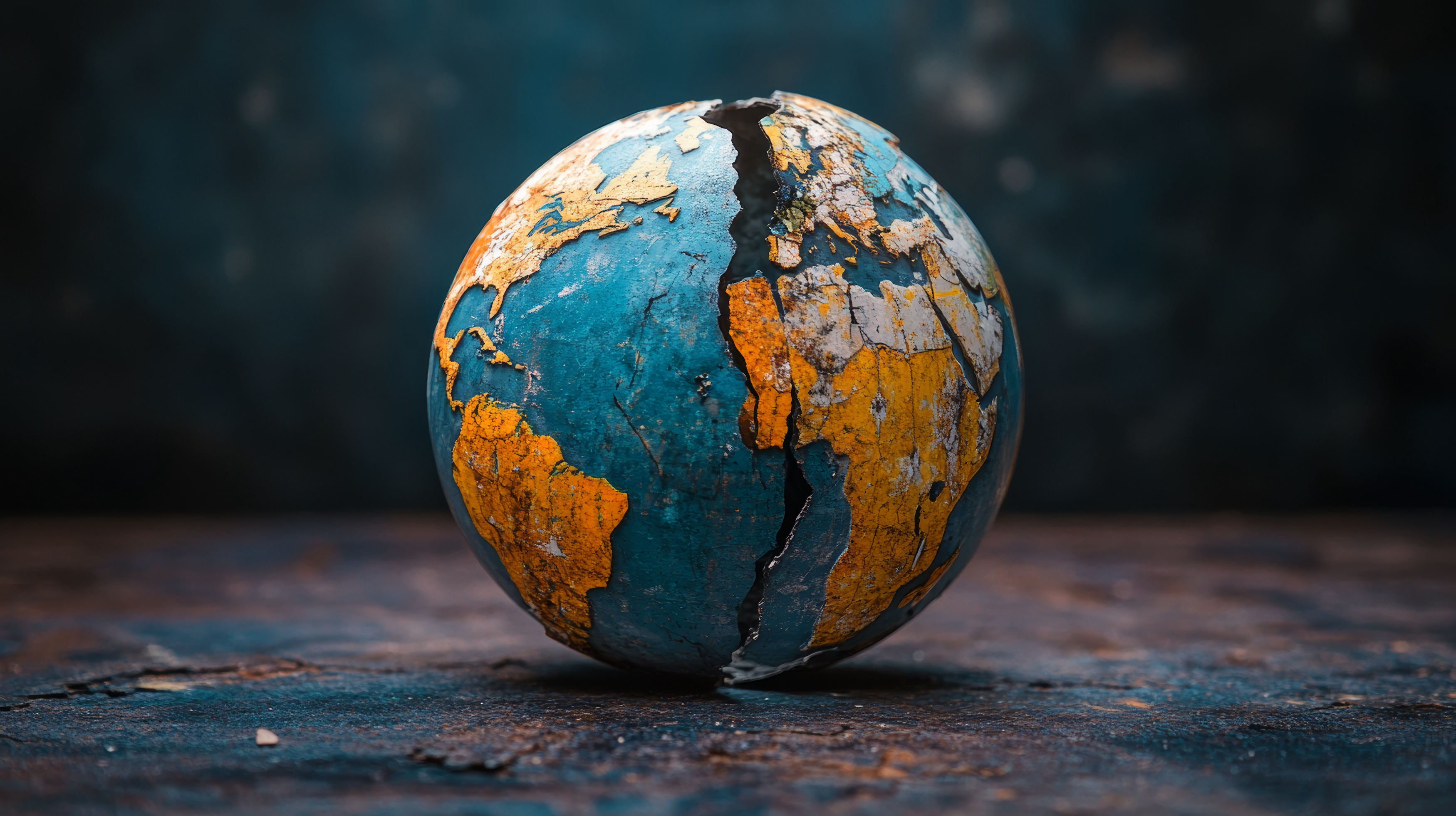
I recently learned about the North American Indigenous term Wetiko, which describes a cannibalistic spirit of greed, fear, disconnection, and destructive consumption. It was a warning against forces that pull individuals away from the good of the whole. Today, some have linked it to a kind of mind virus—one that shapes our modern worldview, feeding our insatiable consumption and short-sighted self-interest.
Even though we know these patterns aren’t ultimately beneficial, a fear of scarcity drives us to act in isolation, despite intellectually knowing better. Like the spirit of Wetiko, this disconnect prevents us from fully feeling the consequences of our actions.
This theme surfaced during my ceremonies as I intuitively felt how today’s world operates outside of sustainable harmony. There were periods where I could physically sense the negative impacts humanity is having on the planet as it made me sick to my stomach. I sensed the devastating costs of our collective actions—on non-human life, on the most vulnerable among us, and on future generations.
This disconnection manifests in countless ways. Industrial agriculture prioritizes profit over environmental stewardship, while excessive consumerism drives fast fashion and planned obsolescence, creating mountains of waste.
Even our social connections suffer. Digital addiction increasingly separates people from real relationships. Meanwhile, our sense of community erodes as we isolate ourselves in sprawling houses and apartment complexes that separate us from both our neighbours and the natural world.
The weight of this realization overwhelmed me with how deeply we are all complicit yet limited in our ability to affect change. In those moments of heightened awareness, I couldn’t understand how we continue down this path, knowing the harm it causes.
It struck me that humanity has strayed into separation—we’ve numbed ourselves to the full consequences of our actions. I had to face that this was in me too.
The sickness built inside me until I let out a massive purge. In that release, I felt the urgency of reconnecting action with outcome. It seemed clear that the only way we can truly change is by collectively raising our consciousness. If I could feel this with ayahuasca, there must be a way for all of us to tap into this.
Despite our actions, I don’t believe we are inherently destructive. I used to think something fundamental within us drove these behaviours, but now I see it differently. We are always connected to the earth we’ve grown from—we’ve just become separated from feeling it.
The concept of Wetiko—this mind virus—offers one way to understand our disconnect. It helps explain why modern society feels so alienated from nature and from each other. The origins of this separation are up for debate, but what matters is recognizing it exists—and believing in our ability to return to a deeper connection.
Ayahuasca: The Spiritual

Throughout the healing and teachings I encountered in these ceremonies, I felt I was tapping into something far beyond my own mind and knowledge I’ve accrued in this lifetime. At times, it felt as though I was communicating directly with the spirit of ayahuasca, which guided me with these helpful lessons. The overarching message was clear: these ceremonies are fundamentally about healing and learning to live more aligned, meaningful lives.
The messages I received came from a place of love and compassion and carried elements I couldn’t easily explain as merely accessing my subconscious. Instead, they deepened my belief in a consciousness intelligence beyond what we experience as humans. The spaces that opened up during the ceremonies were vast—far beyond what I could have imagined—and felt like glimpses into a greater reality.
Within these ceremonial spaces, I could sense spirit in everything—not just in people but in all of existence. If a medicine made from plants could reveal this to me, then plants too must have spirit, even if apparently different from ours. This was another lesson to respect the sanctity of myself and the world around me. Not just because it’s the right thing to do, but because spirit, energy, or God is imbued in all of it.
Modern Western society often dismisses direct reports of spiritual experiences as signs of mental illness or delusion, mainly because these experiences defy conventional logic. However, many cultures—both current and ancient—have embraced different paradigms for understanding and supporting such experiences. This contrast suggests alternative ways to interpret these phenomena. While maintaining healthy skepticism is important, being overly dismissive risks overlooking the genuine transcendent and spiritual aspects of human experience.
While substances like Ayahuasca serve to amplify our connection to what lies beyond, I believe it is always within us, quieter but accessible if we learn to truly listen. Many spiritual traditions reflect this truth through practices like meditation and prayer that help us tune into what is eternally present. By cultivating stillness and receptivity in our daily lives, we can practice accessing these deeper dimensions of consciousness that are always available to us.
Closing
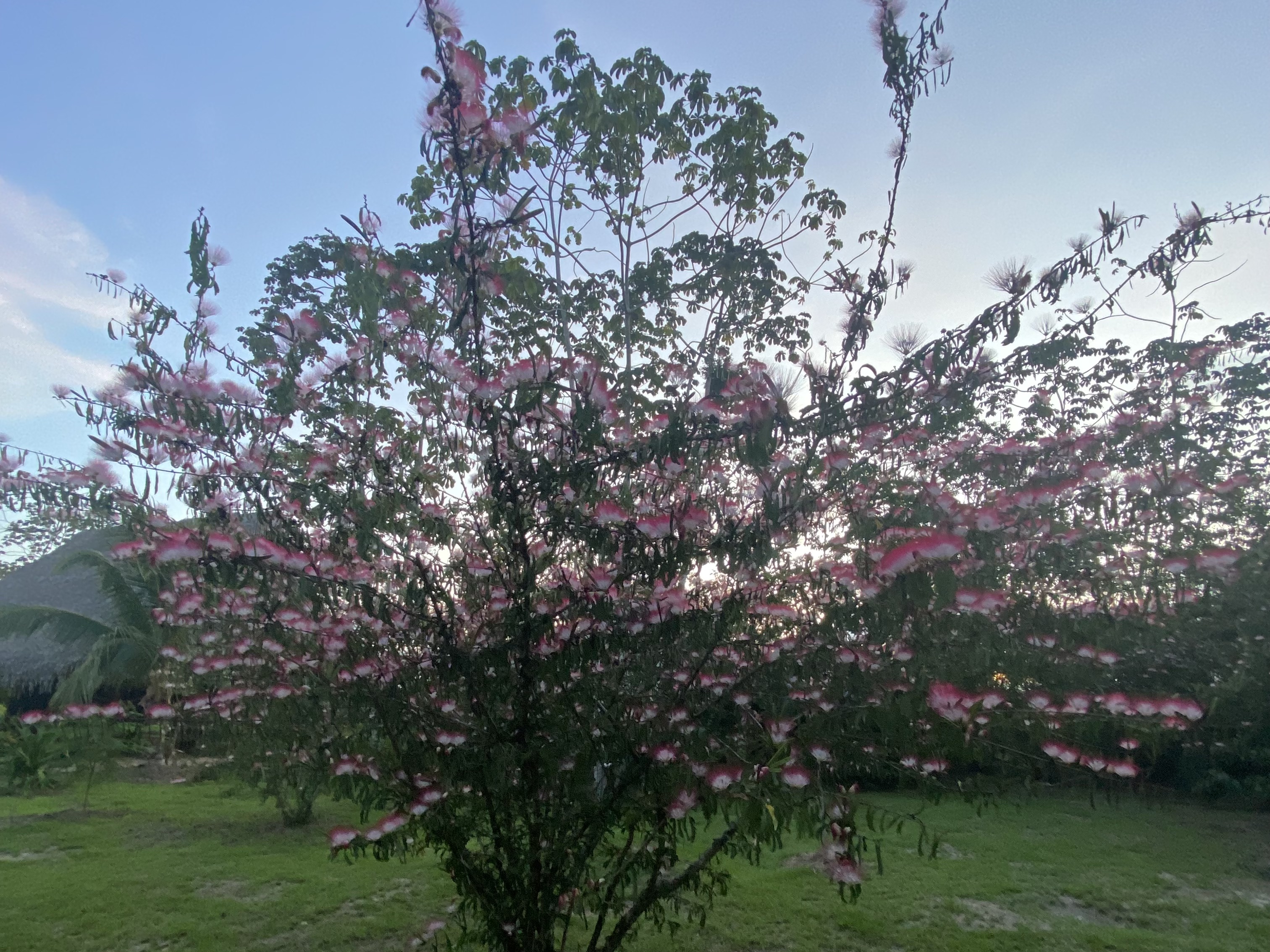
If you’ve made it this far, I appreciate you following along as I’ve shared personal accounts and explored vulnerable, and perhaps taboo subjects. My hope is that parts of my story resonate with you, offering insights or reflections that may help in your own life.
While these reflections are deeply meaningful for me, they’re not shared to convince anyone of what is true for them. They are simply my experiences, born through insights that have resonated strongly with me. My path is one of seeking truths that feel authentically aligned, with the humility to release what no longer serves me.
My experiences with ayahuasca have profoundly shifted my understanding of my place in this world, challenging many beliefs I once held. While the weeks spent in ceremony were deeply transformative, I recognize that the real work lies ahead—integrating these lessons into my daily life.
I don’t believe ayahuasca is for everyone. While I’m grateful for the benefits I’ve experienced, I know that may not be true for others. Like anything in life–be it an exercise or diet plan, medication, or any other tool–what works well for one may not suit another. The key is discernment as we explore and embrace the tools that truly serve our own unique path.
Despite the progress I’ve made, I’m far from embodying all that I’ve learned. I’ve learned that life is process of unravelling layers that is never truly finished. Rather than aiming for perfection, I can love who I am now while aiming to be better than I was yesterday.
My practice is to use the world as my teacher and connect with what lies beyond. For me, this means living with presence, love, and compassion while expanding my sense of community to include as many people as possible. It means living beyond myself to be of service and taking action with trust rather than fear.
Through this journey, I’ve become more motivated to live a life of service, to deepen my connection with others, and to nurture a bond with the natural world. I’ve found that when I do this, my life flows better as I feel greater happiness and fulfillment. When I stray from this path—as I inevitably do—I can feel its effects on my well-being. By continuing to work with this feedback, my hope is that it keeps me on a path that feels true to who I want to be.
